The Tur is a large goat that lives in the Caucasus Mountains, located in the Russian Kavkaz, mountain system. Like other goats, these are members of the taxonomic genus Capra, along with wild goats, ibex, markhor, and more.
There are two species of Turs, the East Caucasian and the West Caucasian species. Some scientists lump both of those into the same species, others believe they are separate. Read on to learn about the Tur.
Description of the Tur
Considering the fact that researchers cannot decide if these two species are actually separate species or not, it is no surprise that they look quite similar. These animals are large and muscular, with long curved horns. Both males and females have horns, though female’s horns are shorter.
The largest males have horns up to 3 ft. long. Females usually have horns that are less than a foot long. They stand between 2.5 and 3.5 ft. tall at the shoulder, and males weigh up to 300 lbs. or more.
Interesting Facts About the Tur
These large goats have several different traits and adaptations that help them survive. Learn more about them below.
- Goats in Decline – Both species of Tur currently have declining populations. Climate change is making the harsh winters in the mountains even more difficult to survive. This, combined with poaching and competition with domestic livestock, causes sharp population decline. The IUCN lists the Eastern Tur as Near Threatened, and the Western Tur as Endangered.
- Mountain-Goers – Calling Turs mountain goats is a bit of an understatement. These hardy creatures live up to 13,000 ft. above sea level. In fact, the lowest altitude that they inhabit is 2,600 ft. above sea level! They are sure-footed and agile animals capable of moving easily in treacherous terrain.
- Safety in Dangerous Areas – It pays to live at scary-high altitudes. Very few predators venture high enough to hunt for these animals. In fact, only wolves and humans hunt adult Turs, and lynxes hunt young ones. Though their environment is rocky and hazardous, it keeps them safe from most predators.
Habitat of the Tur
Turs live in rocky, mountainous regions high above sea level. Both species inhabit the same type of ecosystem. Within their mountainous range, they utilize alpine meadows, taiga, and rocky slopes.
Their populations suffer in human-disturbed areas, including regions where farmers graze their livestock. They have one of the most restricted habitat types and ranges of any hoofed mammal in the world.
Distribution of the Tur
The range of these two species is incredibly restricted. They live only in the Caucasus Mountains, at elevations between 2,600 and 13,000 ft. high. Eastern Turs live from Azerbaijan to the Bezengi Cherek River, which is roughly 300 miles across.
Western Turs inhabit Georgia, and their range extends into southwestern Russia. Outside of zoos, these goats live nowhere else in the world.
Diet of the Tur
These goats are herbivores, and feed only on plants. Their diet changes seasonally based on what type of food is available at the elevation they are living in. They eat a combination of grasses, leaves, shrubs, buds, and other plant parts.
During the summer and fall they eat more grasses, and as grass becomes scarce when the weather grows colder, their diet transitions to shrubs and leaves.
Tur and Human Interaction
Human activity severely impacts Tur populations, both directly and indirectly. Poachers hunt these goats for their large horns and their meat. Climate change increases the temperatures in the summer and creates harsh winters.
Domestic livestock eats what vegetation is available in harsh climates, further decreasing populations. Because of these impacts, the IUCN lists the Eastern species as Near Threatened, and the Western species as Endangered.
Domestication
Humans have not domesticated Turs in any way.
Does the Tur Make a Good Pet
No, Turs do not make good pets. These goats live in an inhospitable mountain range at the edge of Russia. Their populations are in severe decline, so every animal is important to the survival of the species. If you even managed to acquire one, it is highly likely that owning one as a pet is illegal where you live.
Tur Care
Zoos are an important part of the survival of these two species. Animals in zoos are members of Species Survival Plans, which allow us to choose the most genetically diverse animals to breed, creating the healthiest offspring.
This gives zoos the opportunity to reintroduce animals back into the wild if their populations continue to decline. Zookeepers keep these goats in herds, and feed them a variety of fresh browse, hay, and pelleted herbivore feed.
Behavior of the Tur
Both species are social, and live in small herds. Their environment does not support large groups of animals, as they would run out of food. Turs migrate seasonally, they move up higher into the mountains during the summer, and lower during the winter.
Herd structure changes seasonally. Outside of the breeding season males do not interact with others, or they live in small same-sex groups. Females live in herds with other females and their offspring. As the breeding season arrives the males develop harems of females and defend them from other males.
Reproduction of the Tur
When a male has a harem, he must defend his right to breed from other males. Usually the largest, strongest male has access to a herd of several females. Males breed with all the females in their herd.
Females have a gestation period of approximately five months. They usually give birth to a single kid, though twins do occur on occasion. The kids nurse for just a month or two before their mother weans them off her milk. However, kids remain with their herd until they are at least a year and a half old.

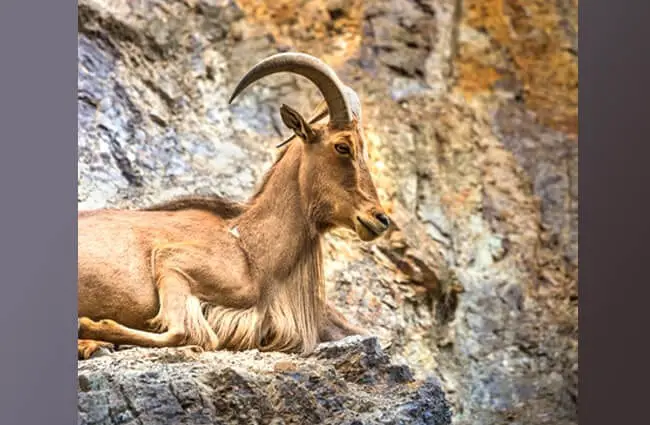
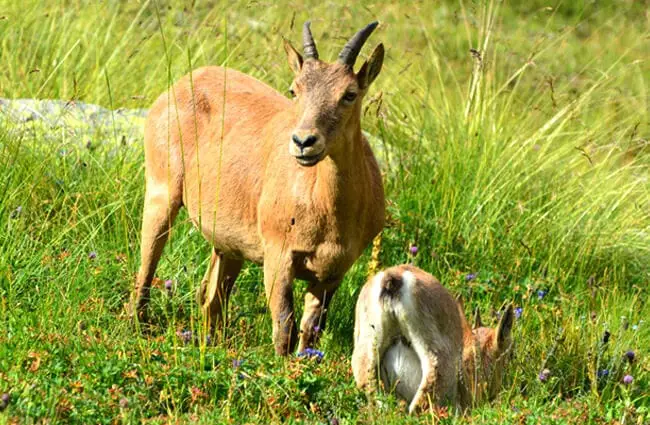


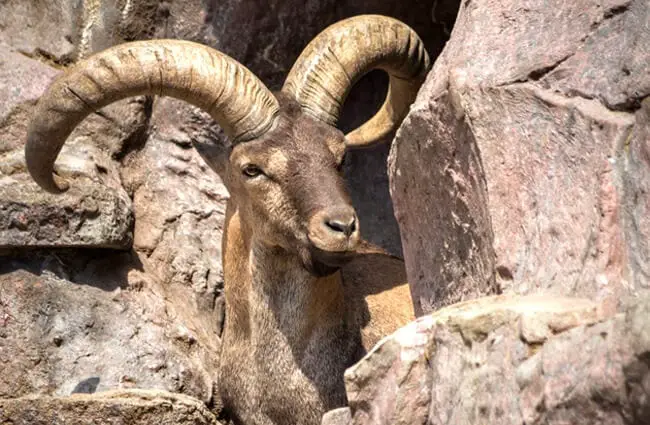
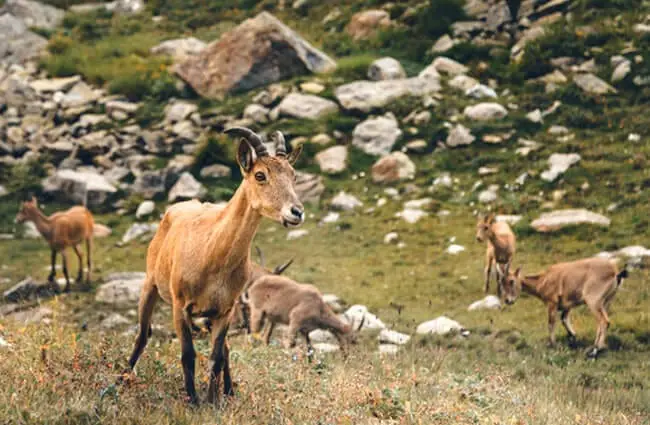
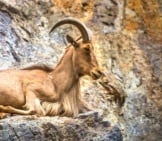
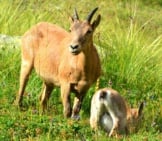
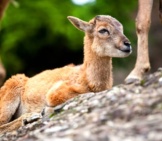
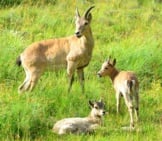


![Red Angus Closeup of a beautiful Red Angus cowPhoto by: U.S. Department of Agriculture [pubic domain]https://creativecommons.org/licenses/by/2.0/](https://animals.net/wp-content/uploads/2020/03/Red-Angus-4-238x178.jpg)




![Red Angus Closeup of a beautiful Red Angus cowPhoto by: U.S. Department of Agriculture [pubic domain]https://creativecommons.org/licenses/by/2.0/](https://animals.net/wp-content/uploads/2020/03/Red-Angus-4-100x75.jpg)

